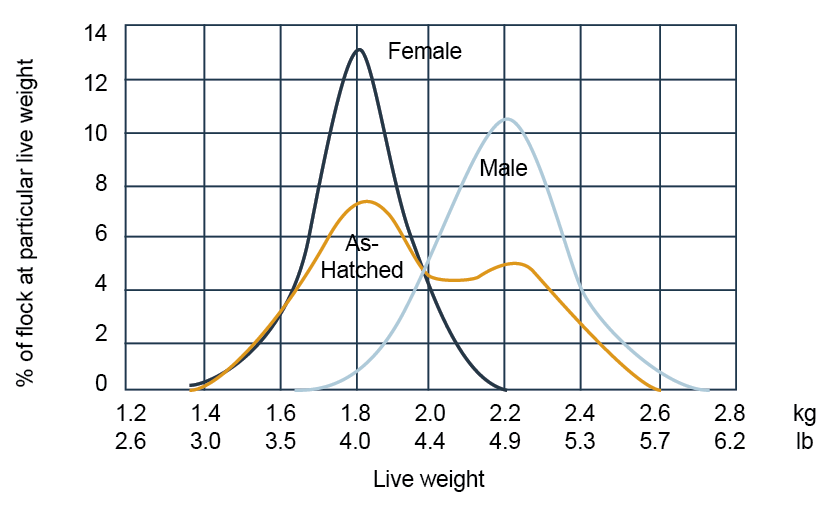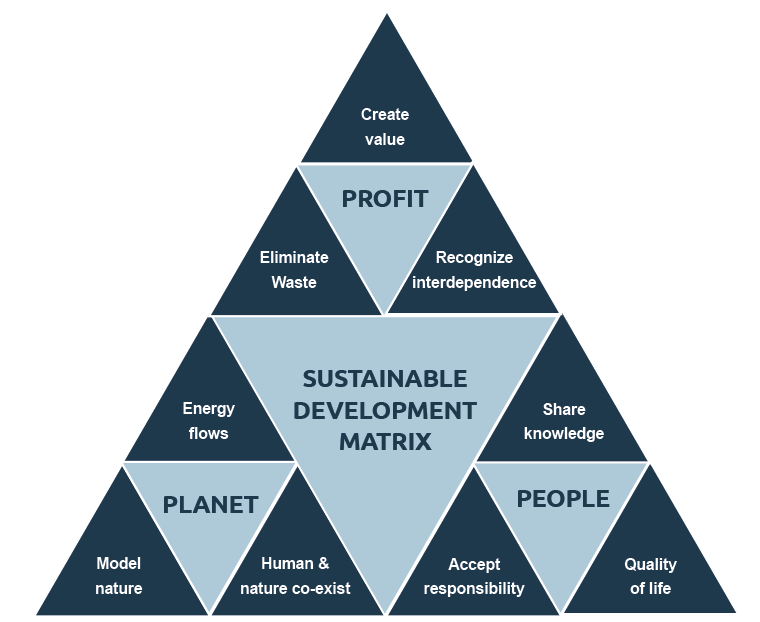Yes or no? Should we stick with our traditional way of growing broilers? Or should we look for alternative ways and create more flexibility while trying to increase customer satisfaction and contribute to sustainability. Some companies are leading the way.
Consumption of poultry meat and eggs, the main animal protein sources for humans, is still increasing. However, there are significant variations between different regions due to differences in income, cultural and religious reasons, preferences, …
As overall consumption is growing, production must follow, meaning that despite the improvements in efficiency of genetics and the growing process more poultry houses need to be built and more poultry feed needs to be produced. All of this putting extra pressure on our climate and environment.
Therefore, it is good to reflect on systems that are currently applied in certain countries for certain markets and to evaluate the potential of implementing them in other countries in other regions. One of those systems is the sex separate growing of broilers. With today commercial breeds being feather sex, the cost of sexing has been significantly reduced and this extra cost is limited to a minimum.
The decision to start growing broilers sex separate depends on the balance between the advantages and the disadvantages or as one might ask, does sex separate growing contribute to the needs of the consumer and does it deliver a sustainable positive ROI to the producers?
In order to do so, one needs to know very well for instance the demand for and the quality of the poultry products needed. More specifically, which carcass or live weight sizes are exactly needed to meet the customer/consumer preferences and how can we optimize this. In today’s world, where focus is on precision livestock farming using IoT (Internet of Things) as tools, we should be able to closely align demand, production and supply chain avoiding any waste or any reduced value products.
Knowing the genetic differences in (potential) performance, knowing the accompanying differences in feed costs, housing costs, pressure on agriculture land, labor costs, costs of day-old chick,… but also differences in sex-environment interaction, one could further develop and optimize specific strategies for each sex to achieve the optimal sustainable ROI.
What is generally known about the differences in needs and performances of male and female broilers is that male chicks not only have higher body weight and feed intake and protein requirements at the same age as the female ones, but they are also less uniform (figure 1), more subject to leg, myopathy and metabolic problems (SDS, ascites). In addition, they have a higher incidence of foot pad lesions due to the higher moisture content in the feces, have less body fat but more intramuscular fat (breast).

It has already been proven that sex separate growing contributes to lower mortality, reduced diseases and less defects, increased carcass and breast meat yields and reduced fat content. The improved uniformity combined with the increased flexibility of selecting the optimized carcass weight and composition according to consumer preference, contributes not only directly to improved profitability and customer satisfaction, but also to increased wellbeing and respect for climate and environment.
The differences in feeding costs between males and females are not only due to the differences in nutritional requirements between males and females but also to the improved FCR.
Does sex separate growing fit into the necessary concept of sustainability where people, planet and profit need to be balanced (figure 2). It is quite clear that further contributing to the optimal use of the natural resources by improving FCR fits perfectly in the strategy to grow broilers in a sustainable way (Planet). At the same time, this also results in less pollution because of reduced nitrogen intake gives and the possibility to control moisture content in litter better. The latter, combined with lower mortality and less defects also contributes to improved animal welfare. The original objective of sex separate growing still stands, and this is to better supply consumers (People) with the product they need. At the same time, sex separate growing also facilitates farm management (drinker height, temperature management,…). The meat to feed price ratio combined with the FCR is an indicative value and parameter for the profitability of broiler growing. Hence, reducing feed costs (especially when feed prices are high) by sex specific feeding strategies (optimal amino acid/energy ratio), improving the value of the meat (more uniform, less downgrading, less or more fat content according to consumer preference,…) also contributes to sustainable broiler growing (Profit).

By having a different strategy and objective for male and female growing depending on market needs and market circumstances, sex separate broiler growing gives the industry the flexibility and perspective to further improve its contribution to supplying the human population with poultry meat grown and raised in a sustainable way respecting the wellbeing of the animal.